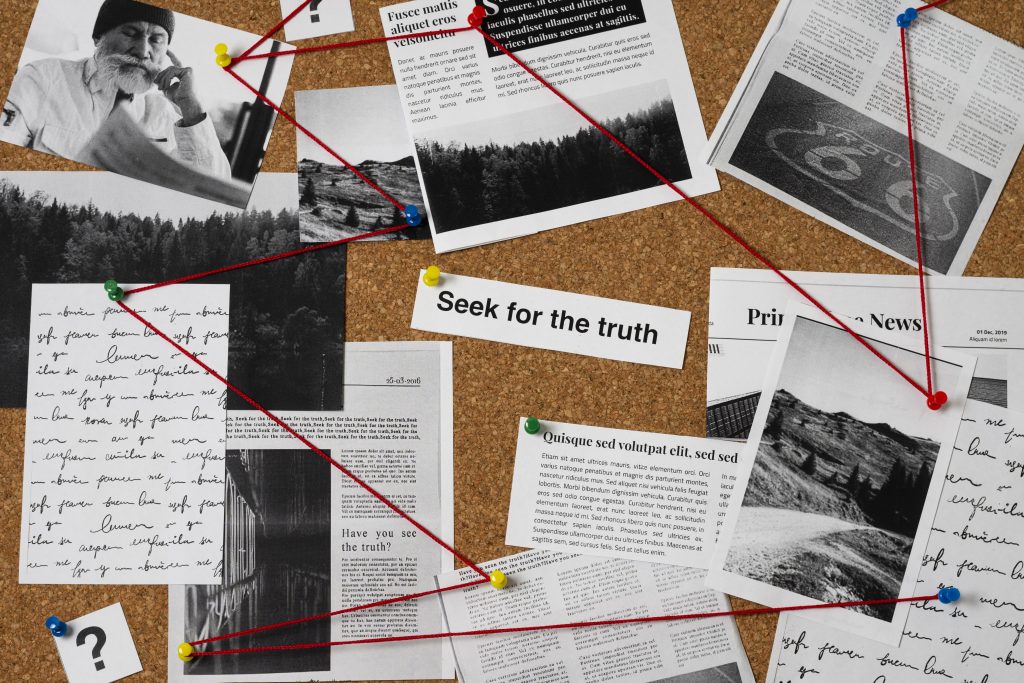In an age dominated by the urgency of productivity, digital distractions, and overwhelming to-do lists, it’s easy to think that unfinished tasks or incomplete ideas are a sign of inefficiency. However, a growing body of research suggests that unfinished notes, whether in the form of half-finished thoughts, incomplete projects, or scribbled reminders, hold more value than we often give them credit for.
Unfinished notes have an intriguing tendency to evolve over time, revealing hidden insights that can shape new ideas, processes, or breakthroughs. Rather than discarding them or rushing to finalize every thought, we might want to take a step back and look at them from a new perspective. What can these notes teach us, and how do they impact our ability to think critically, creatively, and problem-solve effectively?
In this article, we’ll explore why unfinished notes matter, the psychology behind them, how they can enhance our learning process, and how we can harness their potential to improve our productivity and creativity.

The Power of Unfinished Notes: More Than Just a Distraction
Unfinished notes come in many forms: a sentence jotted down in the middle of a meeting, an idea scribbled on the back of a napkin, a half-drafted essay, or a project that’s been left dormant for weeks. While society often promotes the idea of completion and resolution, these incomplete thoughts, when revisited, reveal a much deeper purpose.
Unfinished notes are like markers on a path to deeper understanding. They provide us with fragments of ideas, traces of inspiration, and hints of concepts that we might not have fully explored yet. Here’s why they can be so important:
- They Encourage Reflection
- An unfinished note often leaves space for further thought and reflection. Instead of rushing to complete a thought or task, an incomplete note can act as a prompt for further consideration. This gives the mind room to wander and explore connections that may have been overlooked in the initial moment.
- They Reveal Gaps in Knowledge
- Unfinished notes can highlight gaps in our understanding. When we revisit something we didn’t fully finish, it forces us to confront what we didn’t know at the time. This can be a powerful tool for self-awareness and personal growth, enabling us to better understand our own cognitive limitations and biases.
- They Spark Creativity
- Sometimes, it’s the ideas we don’t immediately finish that spark creativity. Incomplete thoughts allow for more flexible thinking, encouraging us to think outside the box and approach a problem from new angles. The act of revisiting an unfinished note can inspire us to explore multiple solutions, rather than being locked into a single, fixed idea.
The Psychology of Unfinished Notes: Why They Matter
The psychology behind unfinished tasks or incomplete thoughts lies in what psychologists call the Zeigarnik effect. This psychological phenomenon, discovered by Soviet psychologist Bluma Zeigarnik, states that people tend to remember unfinished or interrupted tasks better than completed ones. The brain tends to “cling” to incomplete tasks, keeping them at the forefront of our minds.
Why is this relevant to unfinished notes? Because it suggests that unfinished thoughts or notes don’t just linger in our memory—they demand our attention. These incomplete ideas can remain active in our subconscious, waiting to be revisited, reworked, or fully realized. Over time, they may reveal patterns, connections, or insights that would have otherwise been overlooked in the rush to finish.
This effect can be beneficial for learning and creative thinking. By leaving some ideas incomplete, we allow our minds to continue processing them, potentially leading to new insights that would not have emerged if we had forced completion.
How Unfinished Notes Aid in the Learning Process
One of the primary benefits of unfinished notes is their role in learning. Unfinished ideas or incomplete concepts provide an opportunity to deepen our understanding and refine our thinking. Here are a few ways unfinished notes can enhance the learning process:
- Facilitating Active Recall
- Active recall is a powerful learning strategy where we try to remember information without the help of notes or textbooks. Unfinished notes act as cues that trigger our memory, prompting us to recall information related to the incomplete idea. This process strengthens memory retention and improves overall comprehension.
- Encouraging Incremental Learning
- When we revisit unfinished ideas, we have the chance to build upon what we already know. This incremental learning approach allows for a deeper understanding, as we make connections between new and old information. Instead of simply regurgitating facts, unfinished notes encourage us to engage in a more dynamic learning process, one that allows for continuous growth.
- Creating Space for Experimentation
- Unfinished notes leave room for experimentation. They allow us to test out new ideas, try different approaches, and see what works. This flexibility fosters a growth mindset, encouraging us to embrace challenges and view setbacks as learning opportunities. The process of revisiting unfinished work enables us to experiment with different solutions until we find the best one.
Harnessing the Power of Unfinished Notes: Practical Tips for Success
Now that we’ve established the value of unfinished notes, how can we leverage them to boost productivity and creativity? Here are a few practical tips for harnessing their power:
- Create a “Note Bank” for Unfinished Ideas
- Set up a system where you store all your unfinished ideas. This could be a physical notebook, a digital note-taking app (like Evernote or Notion), or a project management tool. Whenever you come across an incomplete thought, add it to your “note bank.” Over time, this collection of ideas will become a valuable resource to revisit and build upon.
- Revisit Unfinished Notes Regularly
- Make it a habit to regularly go through your unfinished notes. Set aside dedicated time each week to review them. As you revisit these notes, ask yourself questions like: What did I miss before? How does this connect with what I know now? What new insights can I gain by finishing this thought?
- Use Unfinished Notes for Brainstorming Sessions
- Unfinished notes are perfect for brainstorming. They provide raw material to work with, giving you a starting point for creative thinking. If you’re stuck or need inspiration, pull out a few unfinished notes and see where your mind takes you. The gaps in the notes can help you think in new directions, leading to innovative solutions and ideas.
- Don’t Rush Completion
- Instead of focusing solely on completing tasks or finishing thoughts, allow yourself time to let ideas breathe. Some of the best insights come when we give ourselves the freedom to not have everything figured out right away. Let your unfinished notes sit for a while, and trust that they will evolve over time.
Conclusion
In a world that often values completion and finality, unfinished notes offer a refreshing alternative. They’re not just incomplete thoughts; they’re opportunities for deeper learning, creativity, and growth. By embracing the power of unfinished ideas and revisiting them over time, we can unlock new insights, solve complex problems, and enhance our ability to think critically.
Rather than viewing unfinished notes as distractions or inefficiencies, we should see them for what they are: stepping stones to deeper understanding. So, next time you find yourself with an incomplete thought or half-finished project, don’t rush to finish it—let it sit, reflect on it, and watch as it evolves into something even greater.
Reference
- The Zeigarnik Effect Explained, https://www.psychologistworld.com
- Why Unfinished Notes Hold Power, https://www.verywellmind.com
- Related Phenomenon: The Ovsiankina Effect, https://en.wikipedia.org









